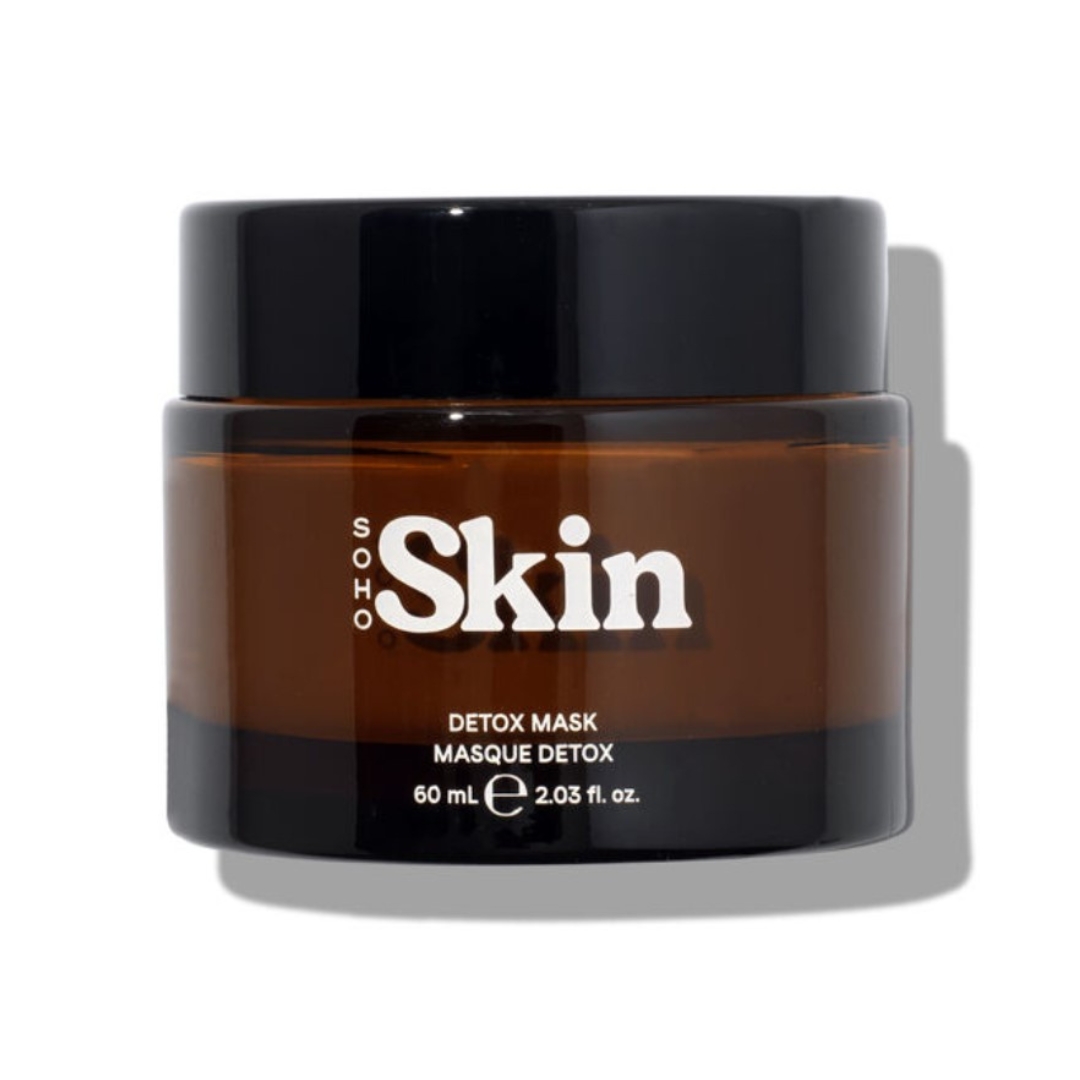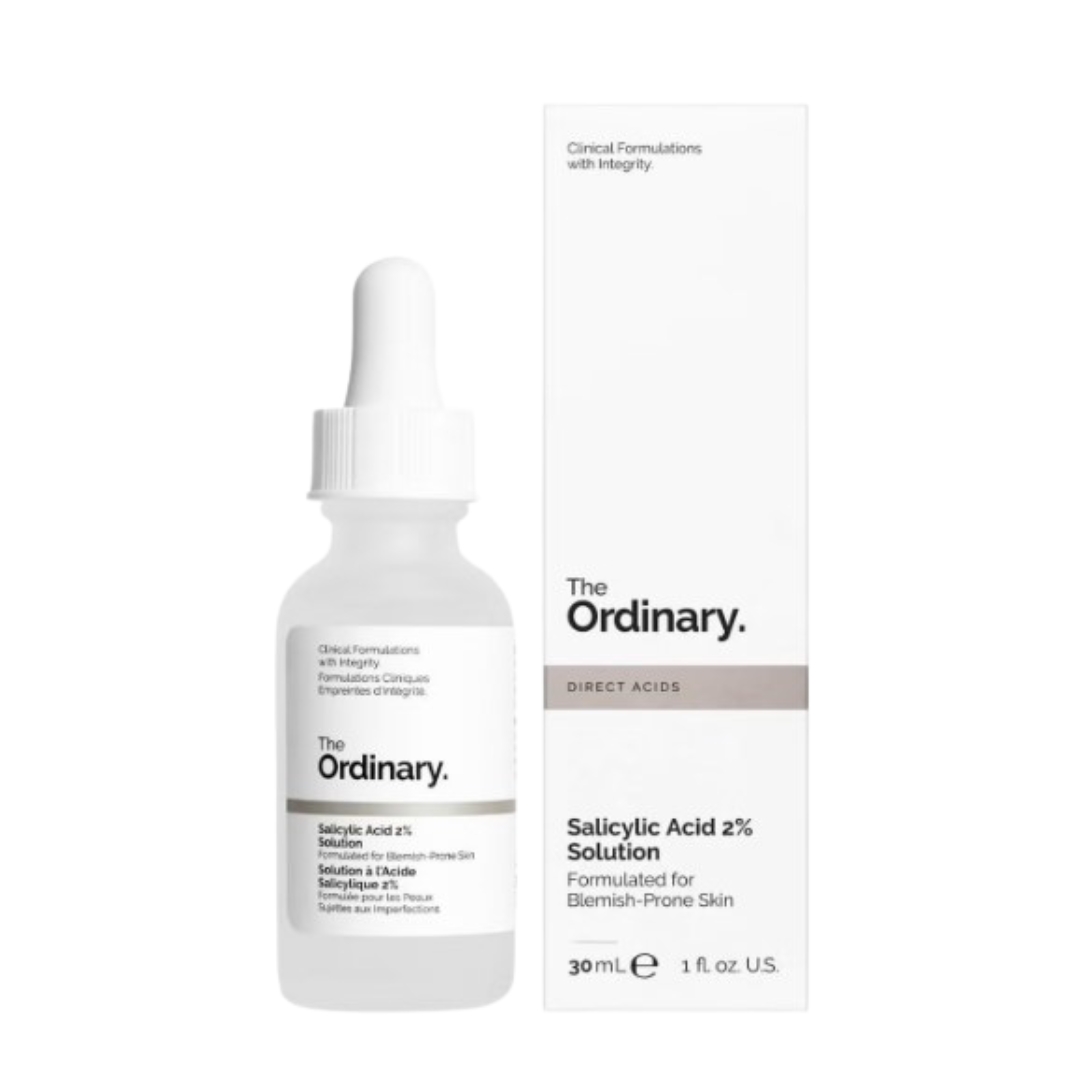How *not* to use salicylic acid - if you want exfoliation, not irritation
The potent BHA is touted for its pore and spot-busting powers but knowing how not to use salicylic acid is key to seeing the best results...


Known for its powers of exfoliation, salicylic acid is a staple ingredient for many but knowing how, or more accurately, how not to use salicylic acid in your routine is key to harnessing its skin-clearing properties...
Struggling with clogged pores, acne or uneven skin texture? One of the best salicylic acid products is usually the first recommendation fellow skincare enthusiasts cite and for good reason. Salicylic acid is a BHA (beta hydroxy acid) that works to target blemishes and excess oil - and is one of the worst-kept secrets in the beauty biz for achieving clearer skin. That said, it's not to be lumped together with the likes of the best hyaluronic acid serums, which despite also featuring 'acid' in their name, are gentle, well-tolerated and ultra-hydrating.
No, salicylic acid is a different ball game entirely and so, to ensure you're avoiding the common salicylic acid mistakes, we've quizzed the pros on what not to do when applying the powerhouse active...
What *not* to do when using and applying salicylic acid
As mentioned, salicylic acid is a hero for congested skin as it helps to target spots and promote cell turnover - leaving you with smoother, brighter-looking skin. But, like with the best retinol creams and serums, salicylic acid does have its drawbacks. It can be very drying and irritate the skin when used too often or in high concentrations. Additionally, it can also make your skin more sensitive to UV rays, so following up with an SPF is imperative.
It's not all doom and gloom though, as the ingredient is available in many formulations - from masks to serums - making it easy to incorporate into your beauty arsenal. As for the application, we've enlisted the expertise of skincare experts to guide us through the all-important don'ts, so that we can apply our salicylic products safely...
1. Don't apply to large areas of the skin
Dr Magnus Lynch, Consultant Dermatologist and Surgeon says to avoid applying your salicylic acid-infused products to, "large areas of the skin, as it can cause dryness or irritation."
Instead, approach the active as more of a targeted blemish treatment, using it on areas where you have clogged pores, uneven texture or are prone to breakouts.
Sign up to our free daily email for the latest royal and entertainment news, interesting opinion, expert advice on styling and beauty trends, and no-nonsense guides to the health and wellness questions you want answered.
2. Don't apply too much
Like with all powerhouse ingredients from niacinamide to retinol, less is more. "It’s also important not to apply too much salicylic acid," says Dr Emma Cunningham, Aesthetic Doctor and founder of Dr Emma before adding that, "using more than the recommended amount can increase the likelihood of irritation and may not provide additional benefits.
A pea-sized amount is typically sufficient for the affected area."
3. Don't rub the skin
Being gentle when applying your lotions and potions is really skincare 101 and like we learned with how not to use vitamin C, rubbing and tugging your skin is a big no-no when also applying your salicylic acid staples.
Dr Cunningham says that when applying salicylic acid, "avoid rubbing it vigorously into the skin. Instead, gently apply it and allow it to absorb without causing friction. Rubbing too forcefully can irritate the skin and compromise the skin barrier."
While things like cotton rounds are helpful when removing your makeup and so on, it's recommended to apply your serums and creams with your hands and by pressing or softly patting them into your face - to avoid unnecessarily pulling and tugging at the skin.
4. Don't skip moisturiser
Being that salicylic acid strips away excess oil to help minimise breakouts and clogged pores, it can, as a result, be quite drying, meaning you'll need to chase it with a hydrating moisturiser.
We recommend ILIA's The Base Face Milk for an extra, ultra-hydrating and pre-makeup moisturiser, or the L'Occitane Immortelle Divine Cream and the Drunk Elephant Lala Retro Whipped Cream, which ranked one and two on woman&home's best face moisturisers list.
5. Don't over exfoliate
As a powerful exfoliator in its own right, the experts say to be cautious of overusing or layering salicylic acid with similarly skin-buffing ingredients as this can cause irritation and over-exfoliation.
Dr Cunningham advises to, "avoid combining salicylic acid with other exfoliating agents, such as alpha hydroxy acids (AHAs), benzoyl peroxide, or retinoids, as this can increase the risk of irritation and sensitivity."
If you're ever unsure about how the popular pore-buster will work in your routine, Dr Cunningham adds that "consulting with a skincare professional can help determine the compatibility of salicylic acid with other products in your routine."
As for whether you should use salicylic acid every day, unless you're using a product that's been specifically formulated for daily use or find your skin type tolerates salicylic acid well, the advice from experts is to avoid using it too frequently. Instead, introduce it into your routine gradually, using low concentrations - keeping an eye on how your skin reacts.
6. Don't apply to broken skin
A golden rule with potent ingredients and acids is to avoid applying them to broken or already-irritated skin. This is also the case with salicylic acid as doing so, "can further aggravate the skin and potentially worsen the condition," says Dr Cunningham, adding: "It's best to avoid applying salicylic acid to areas with cuts, scrapes, or sunburns, as these areas are already compromised and more susceptible to irritation."
Dr Lynch seconds this, reiterating that it's best to avoid applying it to broken, chapped or irritated skin. If, for instance, you're suffering from a breakout - with open or red blemishes - it may be best to take a break from your salicylic acid go-to, to allow your skin to heal without the risk of adding to or prolonging the discomfort. Instead, we'd recommend a hyaluronic acid or a soothing cream, like La Roche-Posay's Cicaplast B5 Baume, to help calm the skin.
Our go-to salicylic acid picks
Now, if you're looking to harness the exfoliating, pore-unclogging powers of salicylic acid, we've rounded a few formulas to try...

RRP: £20.90
Counted amongst the best La Roche-Posay products, this gel works to clarify and hydrate the skin. With the aid of salicylic and lipo-hydroxy acids, it provides gentle exfoliation, reducing pore congestion and imperfections. Meanwhile, ingredients like niacinamide and zinc PCA, brighten and hydrate, alongside mannose, which locks in moisture.

Naomi is a Digital Beauty Writer at woman&home, where she covers everything from makeup to skincare but specialises, particularly, in fragrance and nail trends. Through her work, Naomi shares her trend expertise and personal product recommendations. She is also a judge for woman&home's annual hair, skincare and beauty awards.
Previously, she worked as a Lifestyle News Writer for My Imperfect Life magazine, where she used her savvy for TikTok to bring readers the latest beauty buzzwords, fashion movements and must-have products.
Before that, Naomi split her time between both GoodTo and My Imperfect Life, whilst training for her Gold Standard diploma in Journalism with the NCTJ, for which she earned a Distinction. Interestingly though, Naomi actually has a background in design, having studied Illustration at Plymouth University but leapt into the media world in 2020, to pursue her passion for writing. Now, when she isn’t reporting on the best perfumes and latest beauty releases, you can find her drinking copious cups of coffee and probably online shopping...

